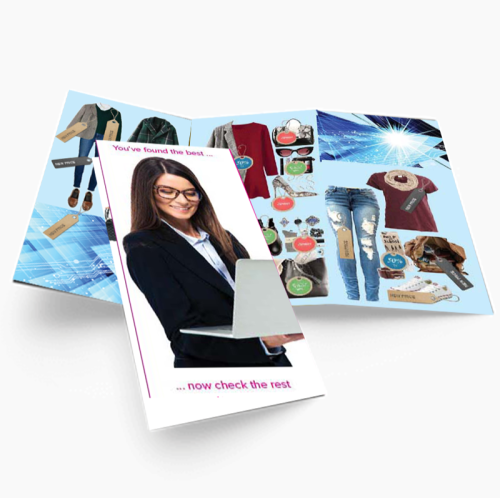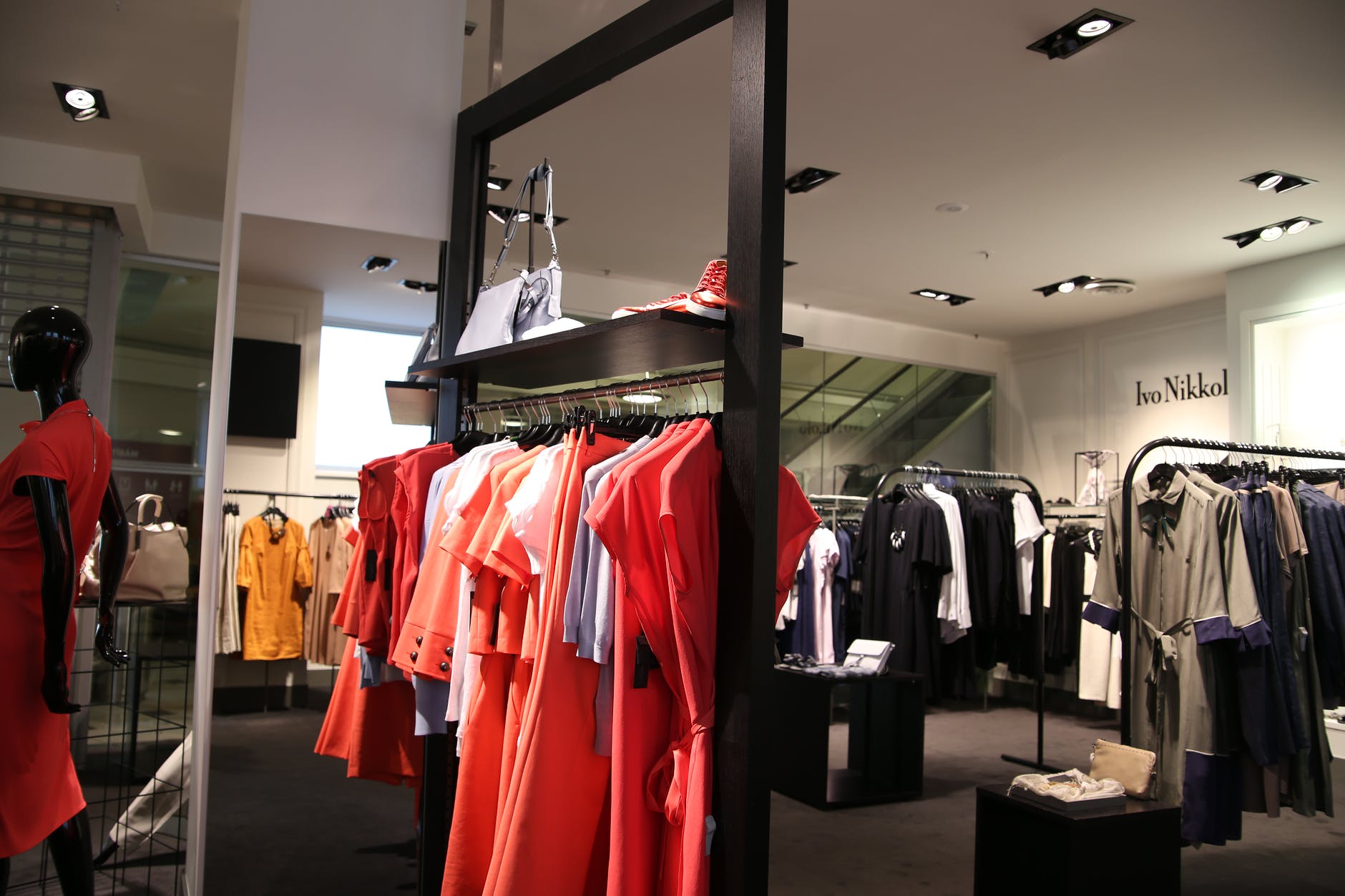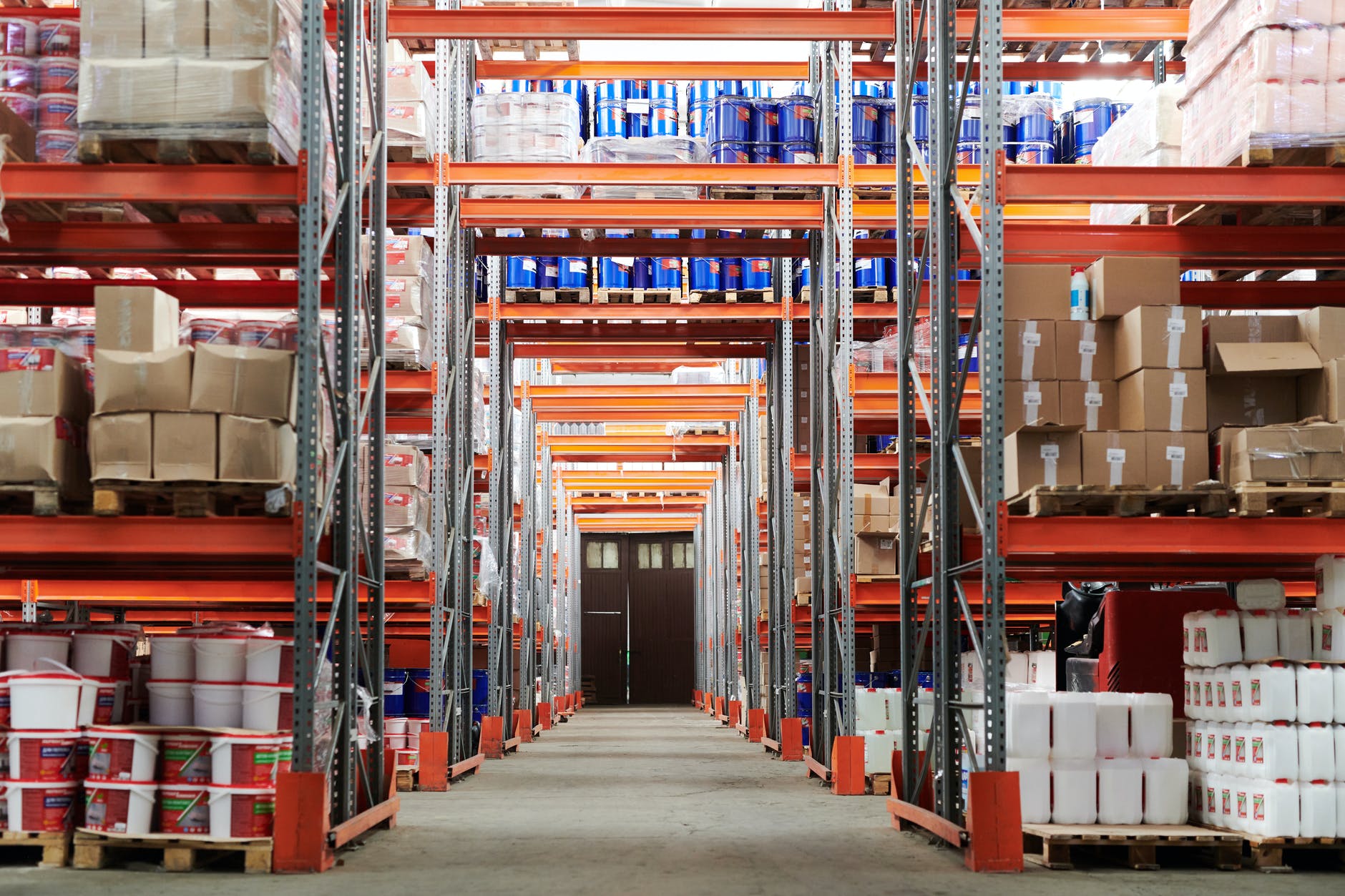
PRINTED booklets or catalogues make sound marketing sense for online retailers despite the intuitive idea that print and online are poles apart.
That’s because online marketing aims to catch attention and direct leads into a sales funnel to buy a particular item. When a sale is made customers can then be targeted to buy additional items and specials.
The point is that online marketing takes one or two lead items to many customers rather than bringing a customer into a store to look at many items … and that’s where a booklet or catalogue kicks in.
Whatever item an online customer buys, a catalogue or booklet in the package takes the entire store to that customer. Not only that, but the customer is highly receptive to reading it because it is in a package just bought when excitement and interest is at its highest point.
This was confirmed in a study published in the February 2020 edition of the prestigious Harvard Business Review which compared sales conversion rates from online marketing only with online marketing combined with printed catalogues.
The survey was in partnership with a major online retailer of luxury watches and jewellery with a global clientele and no physical store.
All its new customers came entirely from online searches and other web platforms, and more than 75% of its revenue came from repeat purchases by existing customers.
The company agreed to launch a printed catalogue for a six-month trial. Of a random sample of 30% of customers, 5% did not receive either email or print catalogues for the six months, 55% received only a weekly marketing email, and 40% received both a print catalogue and emails.
The results showed that the email and print catalogue group had a significant 15% lift in sales and 27% lift in inquiries compared with the email-only group.
A return on investment (ROI) calculation (if applied across the business) yielded a direct ROI of 600% — and would have boosted annual profit by a massive 40%.
The study concludes: “When we marry our research above with a review of retail trends and consumer psychology, we see how catalogs (sic) stand apart from the increasingly cluttered digital inboxes and social media feeds. As physical products, they can linger in consumers’ houses long after emails are deleted, which increases top-of-mind awareness among consumers.
“But their real power is how — for certain products — they increase the vividness of a product by enhancing the consumer’s ability to visualize and imagine product usage experiences.
“Vividness is highly influential in consumer behavior as it can increase consumer involvement and joy in the purchasing process.”
At iMagetrac.biz, we specialise in PackAds – in-package printed promotional material that works.












